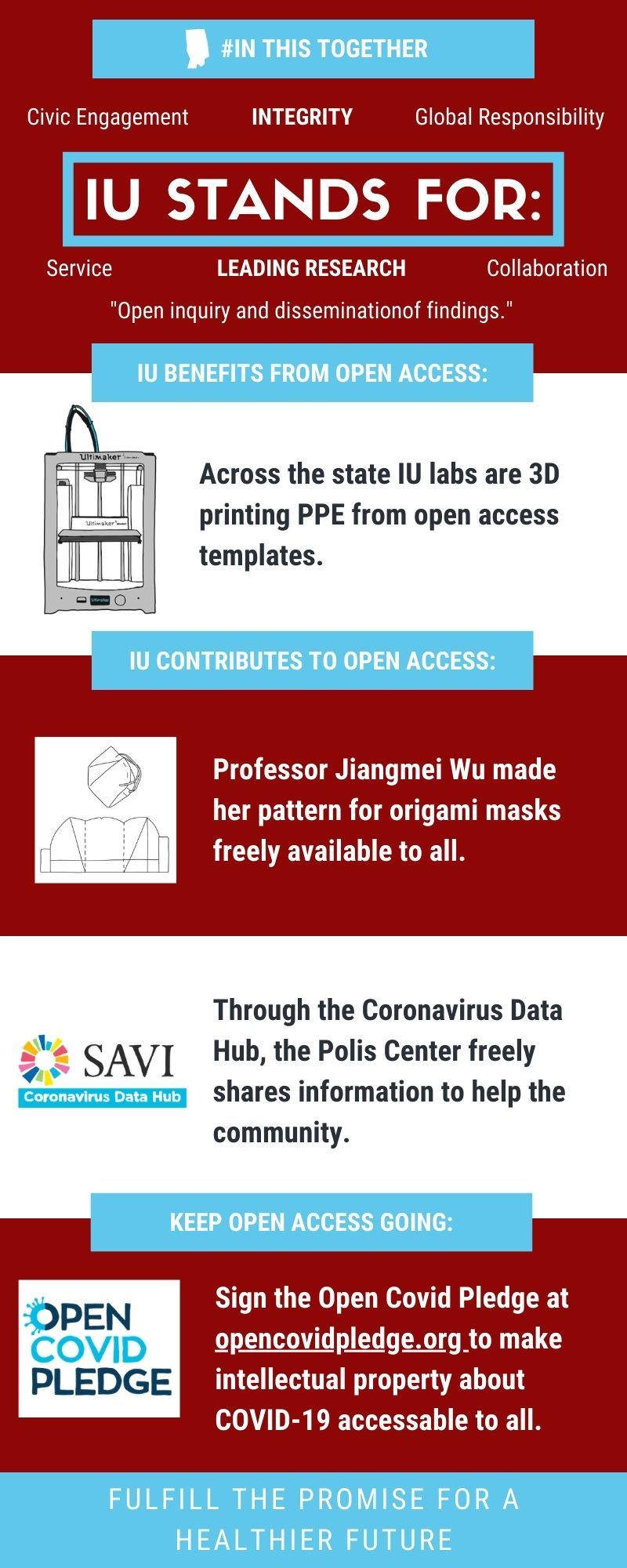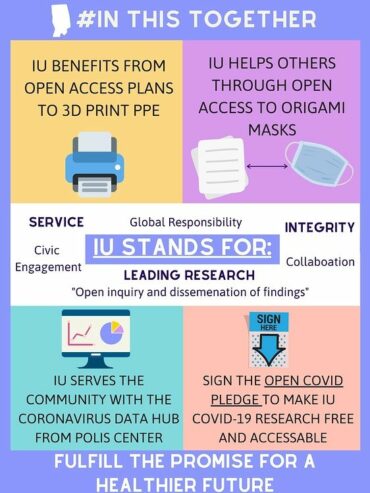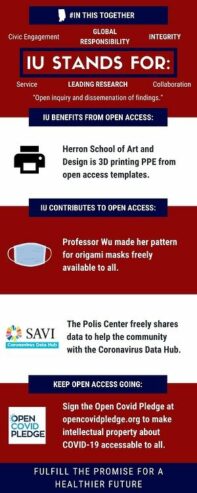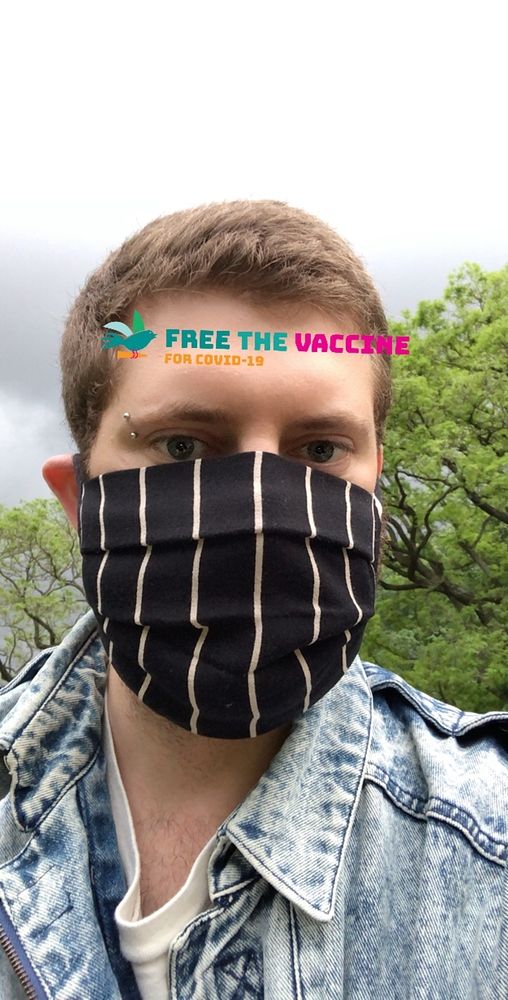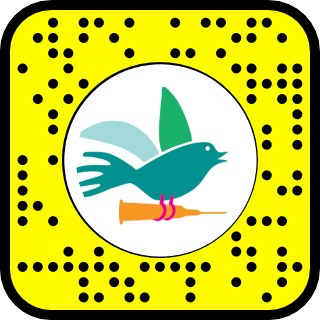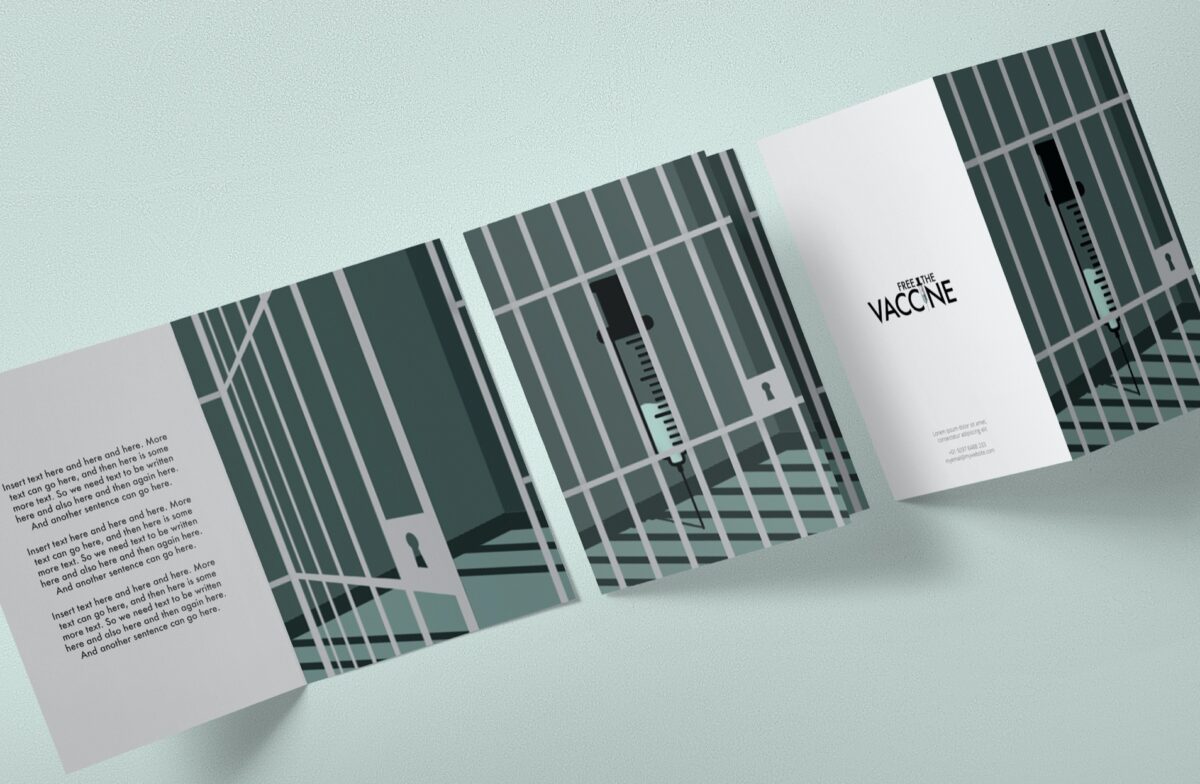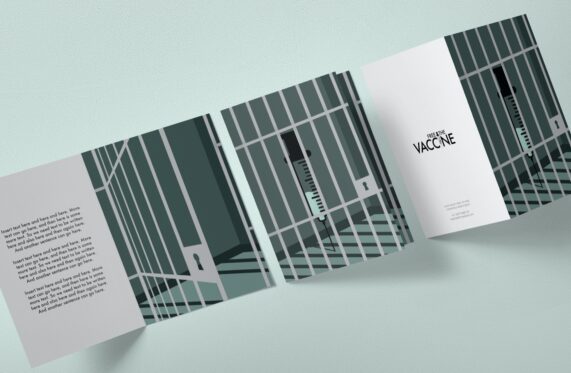Objective:
The objective was to create an image that convinced people at Indiana University that they should sign the Open COVID Pledge. We wanted to use the university’s language and actions to show them that they were already doing things that aligned with the ideas behind the OCP.
The Project:
This is a digital image that highlights how signing the Open COVID Pledge aligns with Indiana University’s values and activities. We emailed it to university leaders.
TRY THIS:
Make a version for your target.
What worked?
We revised this project several times before we sent it to IU leaders – each revision made it stronger.

About this project
Creators:
- Emilie Seibert
- Laura Holzman
- Sofia Hessler
May, 2020
Image/graphic, Online/web thing
United States, Bloomington
variable
Other Notes:
We did a lot of background research for this graphic. The first box filled with scattered words surrounding “IU Stands For” are words that come directly from IU’s missions, values, and goals statement. We wanted to show the university that if these are your goals then you should support the OCP. Additionally, “#IN this together” and “Fulfill the Promise” are both phrases/language that IU uses frequently. We then looked into what the university was already doing to support open access. As the graphic shows, we found that IU was using open access 3D printing designs to print PPE to fight the pandemic, an IU professor created an open access origami mask, and the university had created an open access database to track COVID information.
We’ve shared some of our drafts as well as the final image.
- Original files can be provided for exhibition
Reflections from Emilie Seibert
What was the process/journey of creating this work?
I included some additional images of earlier drafts. The idea for this came in a group brainstorming session, we mostly wanted to find a way to use what IU was already doing to show them they can take the next step and sign the OCP. Emilie created the very colorful original design. The group then had another meeting where we refined the image. Laura made the drawings.
